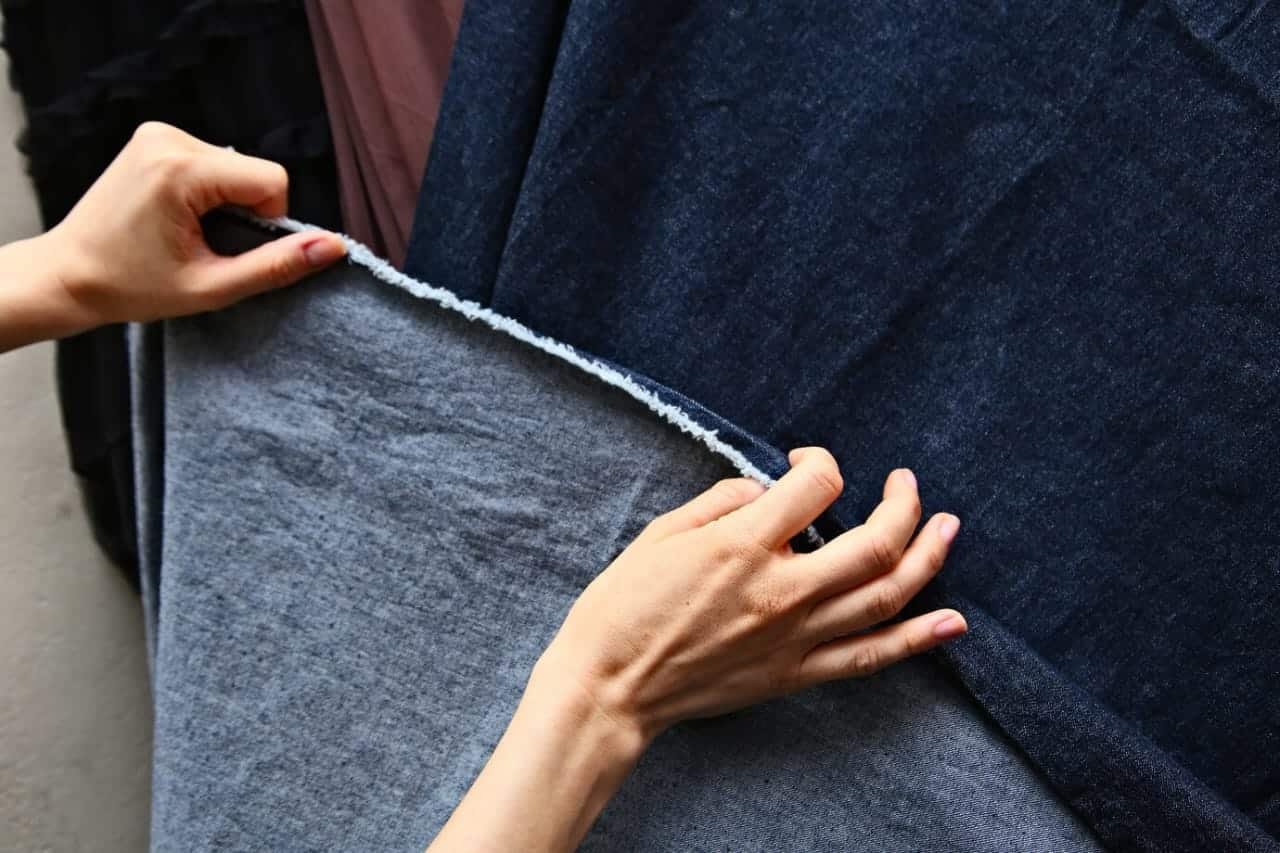Not only do different types of fabric determine the textile’s usability, appearance, and overall quality but the process by which they are woven, the interlacing of threads to create fabric – will change the fabric itself. More than just texture and durability, the choice of weave also makes a huge difference in how a fabric looks. Each style of weaving produces its own unique artwork and details depending on how the threads are arranged
In addition to the hand feel of a fabric, the weave structure can determine many of its functions. A densely packed weave may function as a strong base for workwear fabrics, while a more relaxed one could turn into a lighter, breathable material for summer clothes, across the across-the-board. The warp and weft threads are regarded as traditional weaving, producing a variety of designs such as checks, stripes, and herringbones from succinct & simple styles to elaborate artistic motifs, depending on how the yarn is woven.
In this article, we will dive into each type of weave made in clothing and others, so READ ON!
1. Plain Weave
Tabby weave or Plain weave is the basic and common weave that uses simple alternating over and under patterns. It is simple and proportional give and strong and long-lasting.
Characteristics:
- Texture: Smooth and even.
- Strength: Strong and stable.
- Appearance: Flat and uniform.
Examples:
- Cotton Muslin: Often used for clothing linings and lightweight garments.
- Canvas: Commonly used for bags, shoes, and durable outdoor fabrics.
2. Twill Weave
Diagonal twill weave has a diagonal pattern created by shifting the weft over multiple warp in each row. This gives a fabric with a diagonal rib. See more on xtclothes.com on their different kinds of loops and weaves
Characteristics:
- Texture: Diagonal pattern, usually visible on one side.
- Strength: Strong and durable, with increased resistance to wrinkles.
- Appearance: Slightly textured, often with a sheen.
Examples:
- Denim: Used in jeans and jackets, known for its durability and distinctive diagonal weave.
- Tweed: Popular in jackets and trousers, recognized for its classic, textured appearance.
3. Satin Weave
Satin weave is distinguished by its smooth, glossy surface. It is achieved by weaving the warp threads over multiple weft threads, which minimizes the number of interlacings and creates a high sheen in a knitted fabric.
Characteristics:
- Texture: Smooth and lustrous.
- Strength: Can be less durable than other weaves due to fewer interlacings.
- Appearance: Shiny and reflective.
Examples:
- Satin: Commonly used in evening gowns and lingerie due to its luxurious finish.
- Charmeuse: A type of satin with an ultra-soft, glossy feel, used in high-end fashion and lingerie.
4. Jacquard Weave
Jacquard is a way to make intricate patterns in fabric. People can do this with many colors patterns.
Characteristics:
- Texture: Patterned with intricate designs.
- Strength: Varies depending on the fiber and pattern.
- Appearance: Highly decorative and often elaborate.
Examples:
- Brocade: Richly patterned fabric used in formal wear and upholstery.
- Damask: Known for its reversible patterns, often used in tablecloths and luxury home textiles.
5. Herringbone Weave
Herringbone is a kind of twill weave that is defined by the distinct zigzag or V shapes. The zigzag pattern is made by alternating the direction of the twill lines.
Characteristics:
- Texture: Zigzag or V-shaped pattern.
- Strength: Durable, with a sophisticated look.
- Appearance: Classic and elegant.
Examples:
- Suiting Fabric: Often used in business suits for a polished, professional appearance.
- Herringbone Wool: Commonly used in winter coats and scarves.
6. Basket Weave
The basket weave is a kind of plain weave, where multiple threads are interlaced with multiple weft threads. This creates a fabric with a distinctive checkered or basket-like appearance.
Characteristics:
- Texture: Checkered or grid-like pattern.
- Strength: Durable and can be quite sturdy.
- Appearance: Simple, with a textured surface.
Examples:
- Shirts: Casual shirts often use a basket weave for a textured yet comfortable finish.
- Home Textiles: Used in items like tablecloths and aprons.
7. Crepe Weave
The appearance of crepe weave is created by using crimped yarns or unique fabric style. The combination of those two created a wrinkled surface.
Characteristics:
- Texture: Crinkled or textured surface.
- Strength: Generally strong, though texture can vary.
- Appearance: Wavy or crinkled.
Examples:
- Crepe Dresses: It is often used in night gowns and formal dress attires for their elegant texture feature.
- Crepe De Chine: A lightweight, slightly wrinkled fabric that is used in blouses and skirts.
Conclusion
Each weave has its own characteristics and benefits so are suitable for different applications and styles. Whether you’re choosing fabric for a practical piece of clothing or a luxury garment, knowing these weaves will help you choose the right one for you.
From the simple plain weave which is durable and versatile to the intricate Jacquard which allows for complex patterns and textures, each weave adds something unique to the final product. Plain weaves are great for everyday wear because of their simplicity and strength, twill weaves are soft and drapey and are used for items that need more flexibility like denim. Satin weaves have a smooth glossy finish perfect for formal and elegant wear.
Jacquard weaves with its ability to create detailed designs and textures adds a level of sophistication to fabrics making it popular for high-end fashion and home decor. Knowing these differences will help you choose a fabric that not only meets your practical needs but also your style and the intended use of the garment.
In short, the weave type you choose determines the look, feel, and performance of the fabric so it’s a key part of the design and production process.

 News3 months ago
News3 months ago
 Health2 years ago
Health2 years ago
 Technology2 years ago
Technology2 years ago
 Celebrity2 years ago
Celebrity2 years ago

















